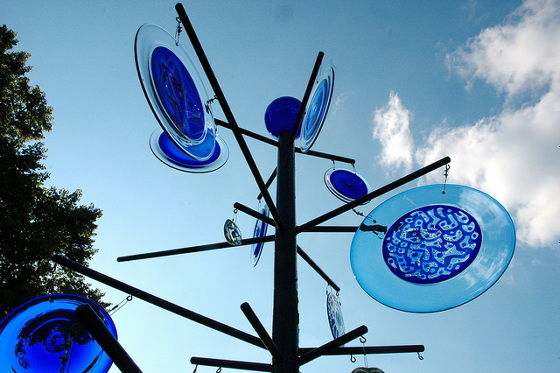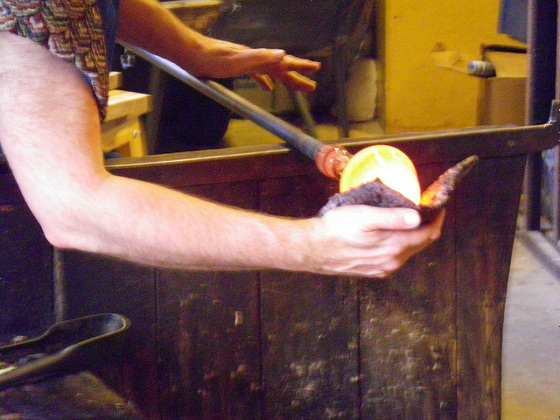Research is underway to revive waste resource waste as a "new resource"

Those garbage generated from the daily lives of people and economic activities such as enterprises, which can not be disposed of by incineration or recycling, are disposed of by landfill or disposal in the sea. Although it was the reality that such garbage is never used again, at the University of Linne of Sweden, the waste such as glass discarded is reused as a resource, and the heavy metal Research is being carried out to remove sorts.
Landfills - a future source of raw materials | Lnu.se
https://lnu.se/en/meet-linnaeus-university/current/news/2018/landfills--a-future-source-of-raw-materials/
Landfills and glass dumpsites as future bank accounts of resources - waste characterization and trace elements extraction

This research is in PhD in Linnaeus under the Department of Biology and Environmental Science and Faculty of Health and Life SciencesYahya JaniWhat Mr. is promoting. Mr. Jani, who advances research on "Landfill mining" to dig out the waste that has been discarded, studies ways to reuse waste as a raw material in another industry.

Based on the results of the research I have made, Jani says, "Removing pollution from landfills and dumps is beneficial both financially and the environment." Environmental pollution, health threats, and lack of raw materials, water, food, and energy are the biggest challenges facing the world today. Despite the fact that the impact of greenhouse gases and water pollution caused by pollutants is taken up largely in the world, the reclamation of garbage continues to exist as a major global waste choice.
Mr. Jani is researching ways to put it in the cycle of consumption again as a resource by taking out glass and metal from such garbage in a new way. Linnae University is in SwedenSmoland regionIs also a famous area of glass artifacts and glass raw materials recycled by the method found by Jani have the potential to be used for art creation in this area.

ByMaria Eklind
Jani is developing a method to extract 99% of the metal contained in the glass waste discarded at the glass factory in the city of Pukaverg in the southern part of Sweden. Mr. Jani's method of research is a method of separating glass waste mixed with soil and having a size of 2 mm or less by using a chemical extraction method. In addition, at this time, it seems that it becomes possible to mix chemical substances into old glass waste, heat it with the melting point of glass waste lowered, and extract the metal contained therein.
This technique called "reduction melting method" was made in ancient times by using three kinds of chelating agents "EDTA (ethylenediamine tetraacetic acid)" "DTPA (diethylenetriamine pentaacetic acid)" "NTA (nitrilotriacetic acid)" It will be possible to collect 99% or more of lead, cadmium, arsenic and other components contained in craft glass products.

ByEHRENBERG Kommunikation
"The method I developed to extract metals from glass waste in the Smoland region can be used to extract metals from all types of glass, such as old televisions and computer glasses," Jani said. As a result, this method makes it possible to recycle glass and metal with high purity at industrial facilities, and by providing inexpensive raw materials by this method also leads to reclaiming Smallland's glass industry In addition to that, we will be able to reduce the environmental impact of the community and threats to health. "
According to the European Commission's announcement in 2017, 1.8 billion tons of garbage, which is 60% of the waste generated from 500 million people living in the EU, is sent to the final disposal site. Mr. Jani in the paper extracts valuable materials from this waste to reduce the excessive use of natural resources on the earth and cause greenhouse gas pollution such as carbon dioxide and contaminated leachate It shows that the emission of effective gas can be reduced. By establishing a method of reusing waste as a secondary resource, research on a method to utilize waste as a "bank account for the future" that can draw out resources rather than burdens on the future It is being advanced.

ByKristian Wiklund
Related Posts:
in Science, Posted by darkhorse_log







